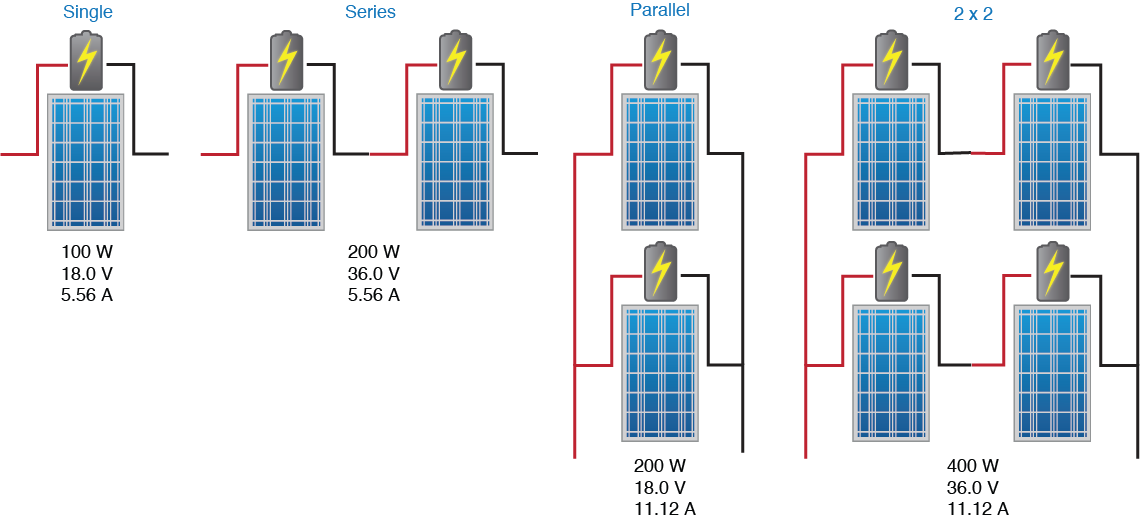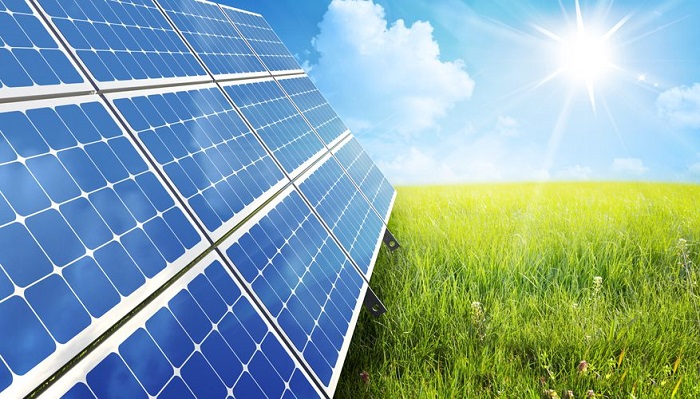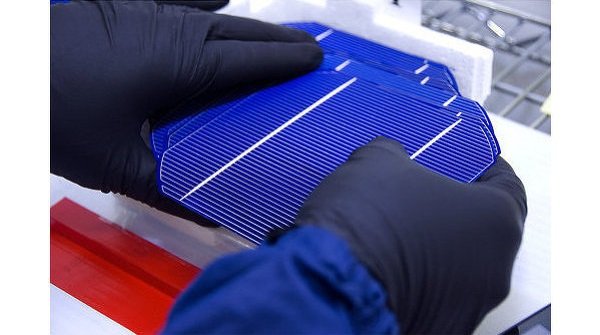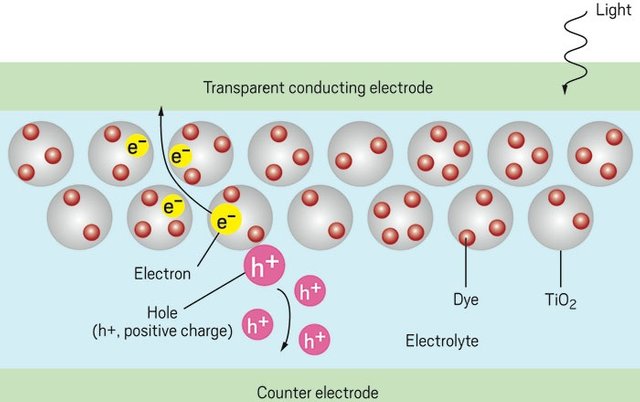Harnessing the sun's energy isn’t something new, trees and plants have been doing it for hundreds of millions of years and algae even before that. Increasingly, energy firms are eyeing the possibility of converting the same energy directly to electricity. Solar panels are quite an amazing technology with the ability to turn sunlight into electricity.
How on earth (and in space) does it do that?
The most common type of solar panel used these days on homes and businesses are silicon based, these solar panels are made from melted silicon rocks, a little bit of a positive chemical element such as boron is added to the silicon to make sure the resulting silicon block or ingot has a positive potential. Once the silicon has cooled for days and hardened, the ingot has been sliced into thin wafers and the wafer is coated on one side with a negatively charged element such as phosphorus. handout source
The combination of the positive boron infused silicon on one side and negative phosphorus on the other side creates a positive, negative or PN Junction. This is where the magic happens, the photovoltaic effect. Wires are then painted onto the wafer, providing a method to harness the flow of electricity, at this point, the wafer is a solar cell. handout source
Mode of energy transmission
When the Sun hits the negative side of the solar cell, some of the negatively charged electrons are not loosed from their atoms, they travel across the PN Junction to the positive side when there are holes available for them to settle into. This creates a direct current or DC flow, this current is measured in amps. Simultaneously, a voltage potential is created between the two sides of the solar cells.
Each solar cell is capable of generating about half a volt but half a volt doesn't do all that much for you electrically, so several of them are wired together in series, plus to minus, to create a usable voltage.
A typical 12 volt solar panel has 36 of those cells in series, generating about 18 volts VMP. A 20 volt solar panel that's commonly used in grid-tie home solar systems will usually have about 60 cells wired together for 30 volts VMP. Since volts times amps equals watts, twice the amps means twice the watts.

More solar cells, more energy generated
source
If you combine lots of these solar cells together, wire them together, you create a solar panel. If you put lots of the solar panels together you create what we call a solar array and you can actually get an incredible amount of electricity just from the light shining on the panels from the Sun.
To simplify this, most solar panels are made of silicon the same stuff that computer chips are made from, without light, the electrons in the panel don't have enough energy for an electric current to flow but when photons of light hit the panel, the energy from the photons is transferred to the silicon's electrons, freeing them to flow across the panel and producing an electric current.
The brighter the light, the more photons are to release electrons, the more electrons there are, the higher the current, the more power is produced. The best solar panels at the moment will convert an amazing twenty percent of the energy in the sunlight into electricity.
And that's how a solar panel works, I think it's pretty amazing.
References for further reading: Ref1, Ref2, Ref3
In quotes: dowhen.org

Thanks to @camzy for the amazing toon.






At least half of the article has been plagiarized.
Source: http://dowhen.org/how-do-solar-panels-work-b7wneM2.html
Not indicating that the content you copy/paste is not your original work could be seen as plagiarism.
Some tips to share content and add value:
Repeated plagiarized posts are considered spam. Spam is discouraged by the community, and may result in action from the cheetah bot.
Creative Commons: If you are posting content under a Creative Commons license, please attribute and link according to the specific license. If you are posting content under CC0 or Public Domain please consider noting that at the end of your post.
If you are actually the original author, please do reply to let us know!
Thank You!
More Info: Abuse Guide - 2017.
Downvoting a post can decrease pending rewards and make it less visible. Common reasons:
Submit
Downvoting a post can decrease pending rewards and make it less visible. Common reasons:
Submit
Great work, but I keep wondering why most solar powered street lights and boreholes installed by government in Nigeria do not last and are abandoned to rot away despite the durable nature of solar system.
Downvoting a post can decrease pending rewards and make it less visible. Common reasons:
Submit
Nice post bro. Looking forward to when Naija's power grid will run on solar. This will end epileptic power supply here
Downvoting a post can decrease pending rewards and make it less visible. Common reasons:
Submit
What a great article. Thank you for it. I, for example, recently purchased a Deep Cycle Hybrid GEL Battery . Made of high purity materials, Renogy Deep Cycle Hybrid GEL Batteries reduce the monthly self-discharge rate below 3% at 77°F (25℃), which is 5 times lower than their flooded counterparts. Good luck with it.
Downvoting a post can decrease pending rewards and make it less visible. Common reasons:
Submit
Hey. Recognizing the importance of transitioning to sustainable energy sources, Georgia Power encourages its customers to install solar panels in their homes. Anyone who wants to install a solar panel can call georgia power phone number or contact them online and get advice on this matter from their highly qualified specialist. In addition, the company can provide services for installing and connecting solar panels to the grid, and this will allow the client to sell excess electricity.
Downvoting a post can decrease pending rewards and make it less visible. Common reasons:
Submit